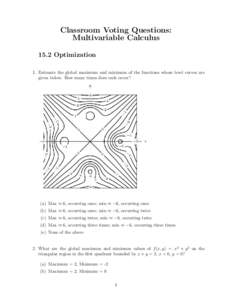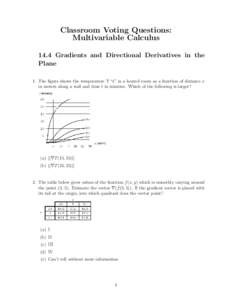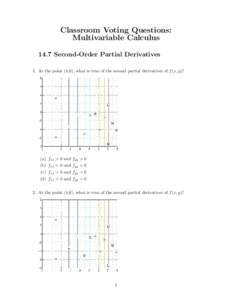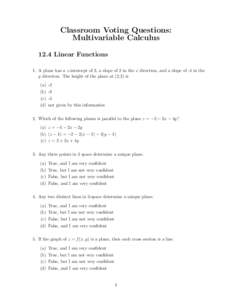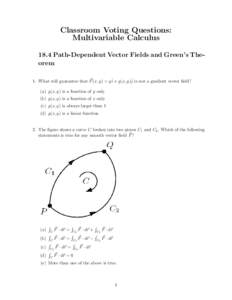<--- Back to Details
| First Page | Document Content | |
|---|---|---|
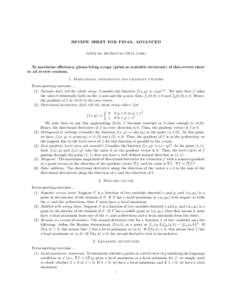 Date: 2016-08-13 11:33:29Mathematical analysis Mathematics Calculus Multivariable calculus Differential calculus Convex analysis Mathematical optimization Derivative Lagrange multiplier Quasiconvex function Hessian matrix Gradient |
Add to Reading List |
 REVIEW SHEET FOR FINAL: ADVANCED MATH 195, SECTION 59 (VIPUL NAIK) To maximize efficiency, please bring a copy (print or readable electronic) of this review sheet to all review sessions. 1. Directional derivatives and gr
REVIEW SHEET FOR FINAL: ADVANCED MATH 195, SECTION 59 (VIPUL NAIK) To maximize efficiency, please bring a copy (print or readable electronic) of this review sheet to all review sessions. 1. Directional derivatives and gr